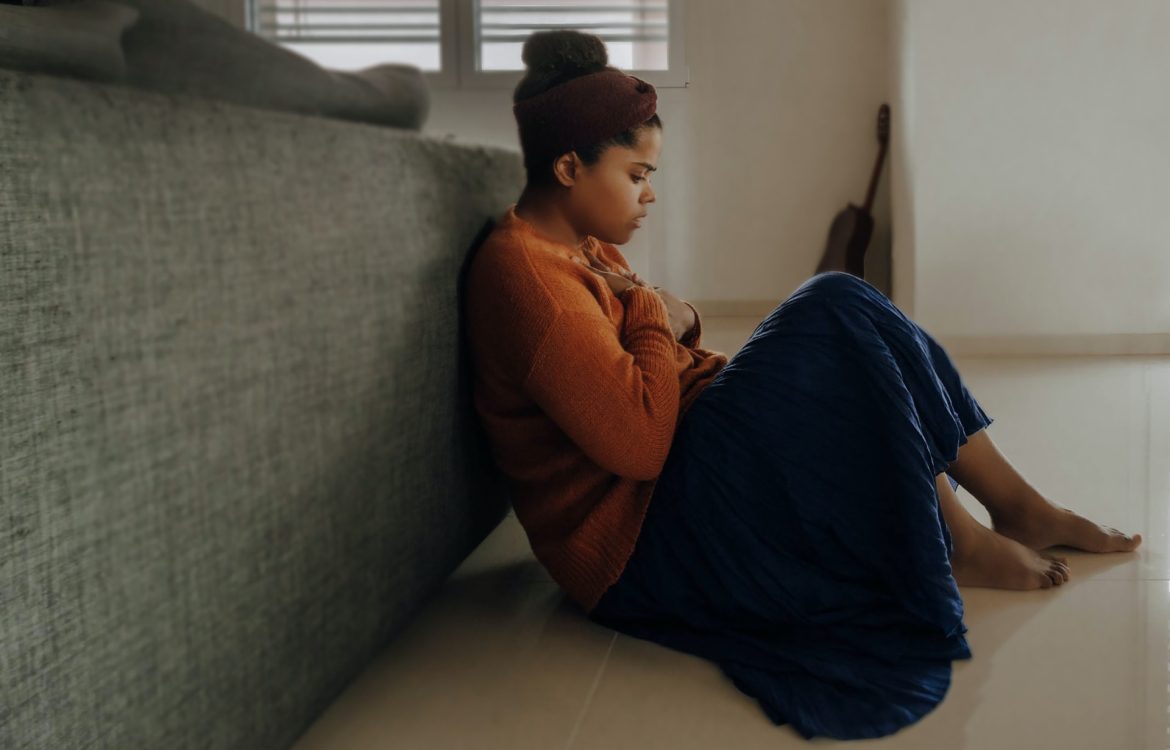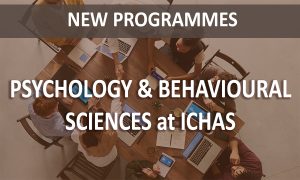
The Real Reason Behind Teen Anxiety and Depression
How kids are learning the opposite of resiliency and what to do about it.
On October 16, The New York Times Magazine featured an article by Benoit Denizet-Lewis entitled “The Kids Who Can’t”. The article documented a spike in both teen anxiety and depression since 2011 and suggests that the cause might be the widespread adoption of smartphones and social media.
That is partially true, but the real reason is deeper. It’s about the balance between seeking happiness by changing the self and environment versus adapting to what is. Sometimes it is great to shape our environment and choices for our comfort and happiness, but there needs to be an equal measure of accepting the cards we are dealt. The problem is that young people are taught to seek the perfect situation and not nearly enough to accept and adapt. That kind of adapting is called “resilience.” It is the habit and skill of being willing and able to live with conditions that can’t or shouldn’t be changed.
The problem is that modern life puts all the emphasis on the opposite set of skills. Besides the new wave of training programs aimed at teaching resilience, whoever made a dollar selling acceptance? Practically everything that is marketed to young people is aimed at engineering the self and the environment to fit more perfectly with every wish and preference. Fake body parts will bring happiness. A swipe of the finger does away with anyone whose looks aren’t perfect. If it feels good, do it, otherwise why bother? If we include a person’s bloodstream as part of their environment, then think of the ads kids are exposed to promoting chemicals that promise greater comfort or happiness. What offering won’t make life easier, cheaper, quicker, more fun, or more comfortable. Do any of these come-ons hawk the satisfaction of sustained effort or acceptance of limitations? It sounds trite, but the skewed proportion between the two poles is dramatic.
Then there is the exposure young people receive to what looks like easy, instant fame and victory. They see their hero, effortlessly winning the championship or the contest. They arm their video avatar with the most powerful weapons and, with the quickness of an adolescent brain, take down the enemy. Are they given any realistic glimpse of the drive, focus, hours of grueling practice, impossible luck, or extraordinary privilege it takes to reach the top? Rarely, and when they are, it’s in the lawyer text squeezed in underneath the smiling faces.
So today’s teens and young adults learn that life should be incredibly easy and bring amazing success with no stress. With that outlook, as soon as reality comes into view, how could one not feel depressed and anxious? And the answer, of course, is not to adapt, but to change the environment to take away those bad feelings. “You must have depression.” “You have social anxiety disorder.” “Just take a pill.”
Psychologists have made a huge discovery in the past 30 years: The more one tries to eliminate anxiety, the bigger and more aggressive it gets. By paying attention to anxiety we give it more power. What does work, as Denizet-Lewis documents, is learning the skills of resilience, that is, accepting that anxiety is part of life, and should be acknowledged, but not acted upon. Tara Brach teaches R.A.I.N. “Recognize what is happening, Allow life to be just as it is, Investigate inner experience with kindness, and Non-Identication,” meaning anxiety is a feeling but not who you are.
Denizet-Lewis’ article goes on to describe a rehab for teen anxiety that teaches people those skills. Then there is the most potent cure: Voluntarily experiencing anxiety and not acting on it. That’s called “exposure treatment.” It is what readers of my other blog, Moments of Change (link is external), know they have to do with painful and uncomfortable feelings: go through them, hopefully in a context of connection and compassion.
And as for the depression that is reaching increasing prevalence, it is caused most of all by the feeling that things “shouldn’t be” like this. That too is a result of having been bathed in easy illusion. This leads to anger and the anger gets turned against the self. One result is depression. Others are self-harm in many varieties, and chronic anger, usually directed at something other than the real source.
So the answer is that healthy and happy life means learning that acceptance of the things we can’t or shouldn’t change should be as much part of our lives as trying to make things just right. At first, that can feel shocking and wrong, but with practice, whether it begins in early childhood or later in life, acceptance can be learned. Most of the time, the best way to learn it is when we run into limitations we just can’t overcome. That means parents (and health care professionals) knowing when not to rescue or promise that all problems can be solved. The first reaction is often anger and outrage. When we experience those feelings in the company of a firm and compassionate friend, mentor, therapist, or parent, then anger and hurt eventually give way to acceptance. With lessons like those, we can all become ready to accept things as they are or to seek change, depending on which will lead to truly lasting happiness and satisfaction.























